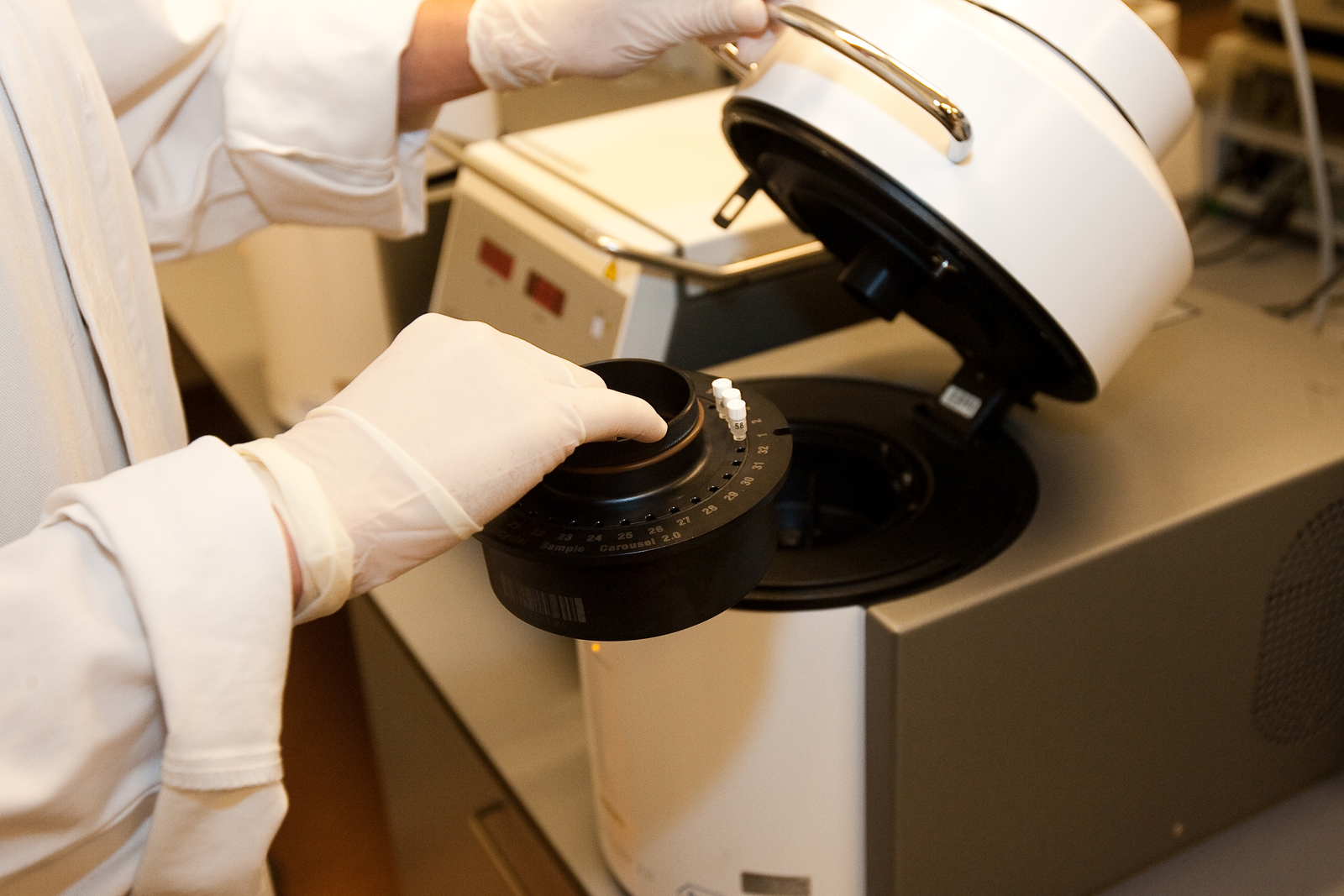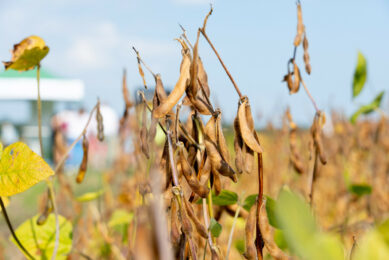Efficacy studies for feed and feed additives

With the European implementation of Regulation 767/2009 on the market introduction and use of feed, new opportunities have arisen for functional claims on feed. For feed additives, studies demonstrating effectiveness are required depending on the intended use and functional group of the product. Klifovet and representatives from other organisations discussed the challenges to substantiate claims for feed and feed additives with suitable and valid efficacy studies.
By Kaori Nishide
In order to make a product acceptable for scientific and regulatory requirements, there are principle questions that companies have to provide an answer for, such as the design of a sufficiently detailed study protocol, selection of appropriate statistics and the measures to validate the studies. Dr Klaus Hellmann, CEO of Klifovet, emphasises that companies should always be aware of the risk of falling under the category of a veterinary medicinal product if a reference is made to prevention or treatment of a disease.
All feed on the market must be safe and its labelling and presentation should not mislead the user, explains Dr Sabine Kruse, German Ministry of Nutrition, Agriculture and Consumer Protection (BMELV). If a company voluntarily decides to refer to the European “Catalogue of feed materials” or the “Codices for good labelling practices”, relevant provisions of the catalogue or codex must be complied. The general requirements for labelling not only refer to the label itself but also apply to other media such as advertisement, and must be provided by the time the sale starts.
The European Commission and the Standing Committee on the Food Chain and Animal Health (SCFCAH) are currently discussing the “Code of good labelling practice for food producing animals.” Peter Radewahn, representative of FEFAC, comments, “Regulation 767/2009 requires scientific substantiation for every claim. However, there seems to be no European consensus between the member states on a correct and sufficient substantiation.” There are some practical examples related to the appearance or composition of feed or to the specific function. The current legal situation does not support Radewahn who recommends that companies ask authorities for prior approval of claims before placing a product on the market, however he suggests that they defend their claims with appropriate data.
When designing bioavailability studies of essential trace elements, biological aspects such as the influence of metabolic reactions or interactions with dietary components should be considered, which may make the results biased. Wilhelm Windisch at the Technical University Munich, Germany explains that in vitro studies cannot fully cover bioavailability but the bioavailability for trace mineral sources should be demonstrated based on a well-defined “worst case” diet.
Studies need to satisfy a valid and well substantiated proof of efficacy. How can the study quality be assured along all aspects of a trial, from planning to a final report? Dr Hellmann emphasises the need for a well-defined study protocol and a controlled study design, including randomisation and blinding. “Although the measures to obtain a sufficient quality standard may increase the costs of studies, they give trust in the accuracy and integrity for both producer and the authorities. However a pragmatic risk-based approach should be taken,” he adds.
Dr Gabriele Braun, a study unit member of Klifovet, observes the practical aspects of planning and conducting efficacy studies. Obtaining test permits in the EU is still regulated on a national basis and the new Animal Welfare Directive 2010/63/EC has been implemented as of 1 January 2013. For a suitable study, protocol such as the selection of appropriate sites and animals needs to be considered, but she also stresses the choice of the right efficacy parameter as a key success factor.
Whereas body weight gain or milk yield may be simple parameters for evaluating efficacy in food producing animals, companion animals experience different benefits from feed or feed additives. Dr Silvia Rötzer, efficacy expert at Klifovet, demonstrates how feeding can influence the outcome of a study. She elaborates on the impact of suitable efficacy criteria which should demonstrate statistical significance but also have a biologically relevant benefit.
The specific challenges in studies conducted in fish with emphasis on Atlantic salmon are highlighted by Dr Bjarne Hatlen at Nofima, Norway. Environmental conditions like water temperature have a huge influence on performance and the natural environment may be difficult to mimic in test cage culture. Salmon is less domesticated than other animals, and any intervention is more stressful for fish even more due to the removal from the natural environment. “We are still farming a wild animal,” he says, “and animal welfare aspects should also apply to fish.” Dr Beate Lohr, head of Klifovet’s Regulatory Affairs Unit, points out how formal presentation and quality of data can support scientific results. A good presentation cannot change poor results, therefore it is essential to think about quality right from the beginning to generate consistent and valid data, always keeping time and cost in mind.











